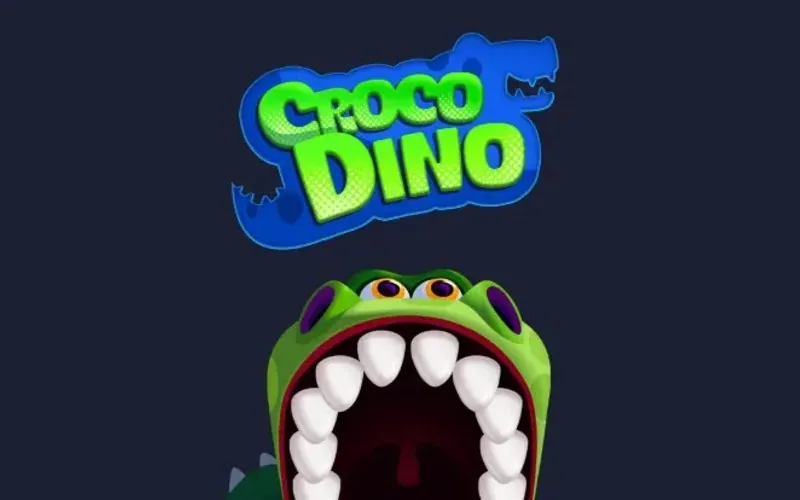Not long ago, games were considered time-wasters, something to fill idle hours, not business models. But lately, they’ve started to show up in unexpected places: on retail websites, inside banking apps, and embedded in newsletters. These aren’t blockbuster games with cinematic trailers. They’re modest, low-friction, and surprisingly effective.
In fact, they often last no more than a minute.
This new category, known as snackable games, is quietly changing how companies think about engagement. Not by reinventing digital strategy, but by fitting into the small spaces we used to ignore.
The Value of a Brief Distraction
Consider the space between tasks. A pause while a report loads. A moment of downtime before a call. A scroll through your phone while waiting for lunch. These moments, scattered and brief, rarely held value in traditional engagement models. But behaviour has changed, and so has the technology around it.
Instead of trying to stretch attention across longer periods, more companies are learning to meet users in the in-between. Snackable games, short, browser-based, and frictionless, are well suited for exactly that.
They don’t aim to hold you. They aim to greet you.
Small Games, Familiar Design
What makes these games work isn’t innovation, at least not in the usual sense. Most are built on simple, familiar mechanics: tap to jump, swipe to avoid, collect a few tokens. It’s the kind of design that doesn’t need instructions. It gets out of its own way.
But this simplicity is part of the strategy. It respects the user’s time, and perhaps more importantly, their mood. You don’t play a snackable game because you planned to. You play it because it was there, and because it didn’t ask for much.
And when that short moment feels rewarding, chances are you’ll come back.
Croco Dino: A Case in Point
Take Croco Dino. It’s a side-scrolling browser game with pixel-art graphics and basic movement, simple by any measure. But its real strength is how little it demands. The game loads in seconds. No login, no tutorial. You’re in and playing before you’ve had time to reconsider.
Croco Dino has been used in digital campaigns and customer retention strategies, not by shouting for attention, but by offering a short, enjoyable break. It appears quietly, but it lingers in memory. And that light touch is more valuable than it seems.
When a user enjoys a moment you didn’t push too hard to deliver, they’re more likely to return without being asked.
Why This Works
Traditional digital marketing tends to focus on longform content, big ideas, and bold messaging. But the everyday experience of users doesn’t match that. Most people move quickly. They skim, they scan, they hop between tabs. That’s the rhythm.
Snackable games fit into that rhythm because they don’t interrupt it. Instead, they move with it. A user scrolling a newsletter might tap a game out of curiosity. A customer on hold might explore one embedded in an app. The interaction feels optional, but meaningful.
And that, in today’s landscape, is rare.
Practical Gains Without Heavy Investment
There’s also a practical side. These games are relatively inexpensive to create. Many are built with no-code tools or adapted from open formats. They’re easy to test, flexible to brand, and quick to integrate. For teams with limited bandwidth, that’s a compelling mix.
But even beyond convenience, there’s a deeper strategic logic. A well-placed game can lengthen session times. It can improve the user’s mood before they reach the checkout. It can even add a human element to an otherwise mechanical interaction.
All from a game that asks for 30 seconds of your time.
A Light Touch, Done Right
Not everything needs to be loud to make a point. In fact, much of what holds attention today isn’t the campaign that dominates the screen, but the moment that meets you quietly, unexpectedly, and without demand.
Snackable games don’t sell a product. They don’t push a message. They invite interaction, offer something small in return, and trust the user to decide what comes next.
In many ways, that trust is what sets them apart. And in a digital landscape full of noise, a little restraint can be surprisingly effective.


